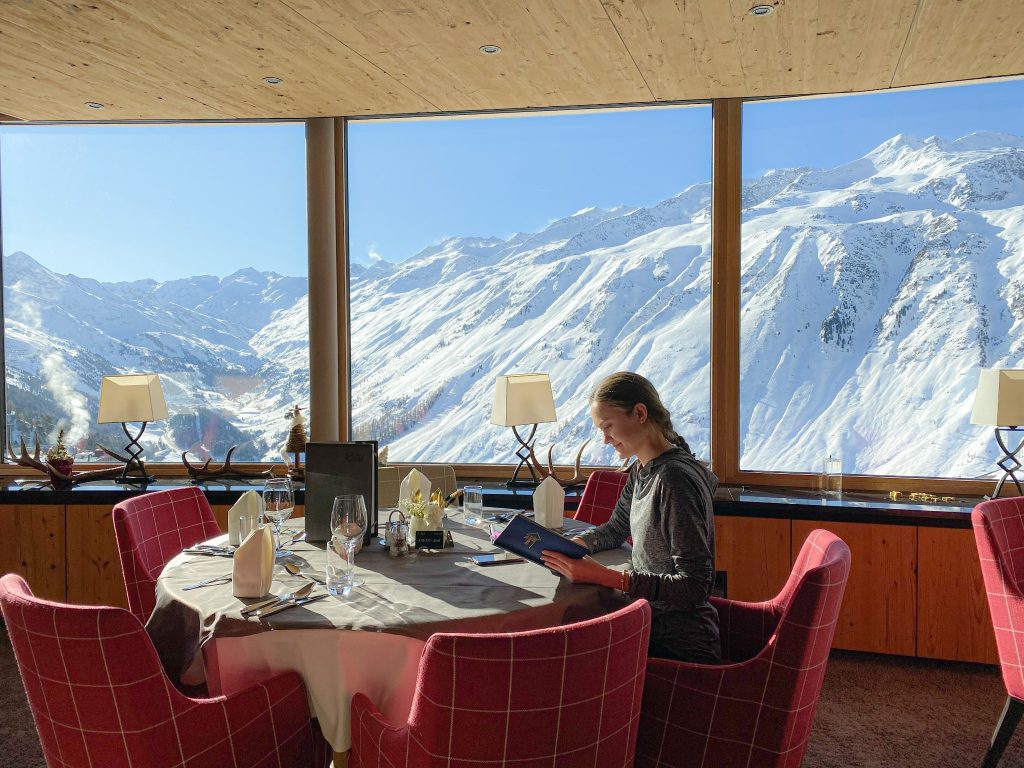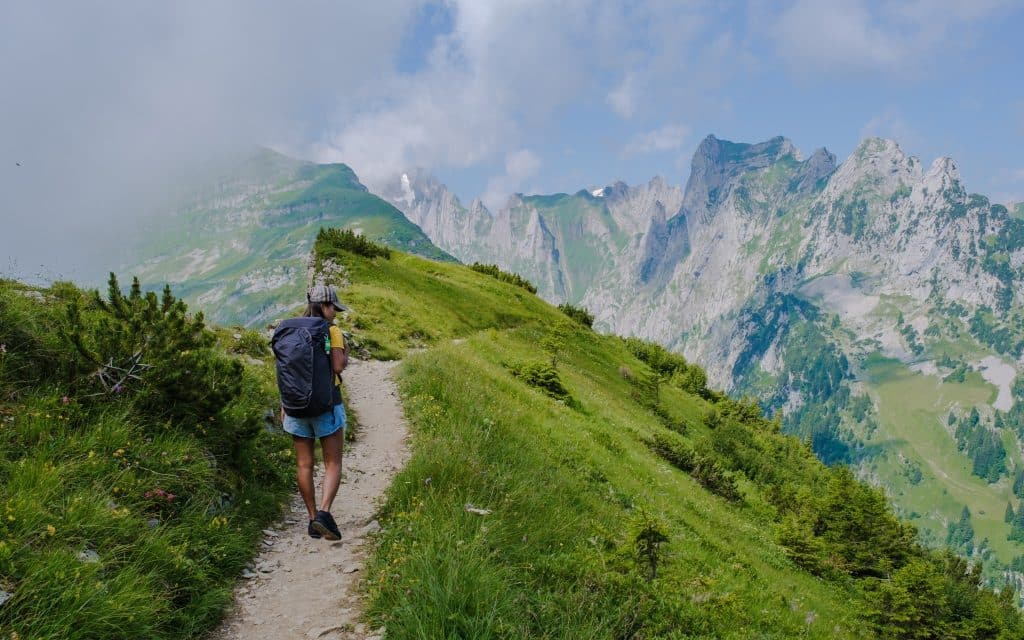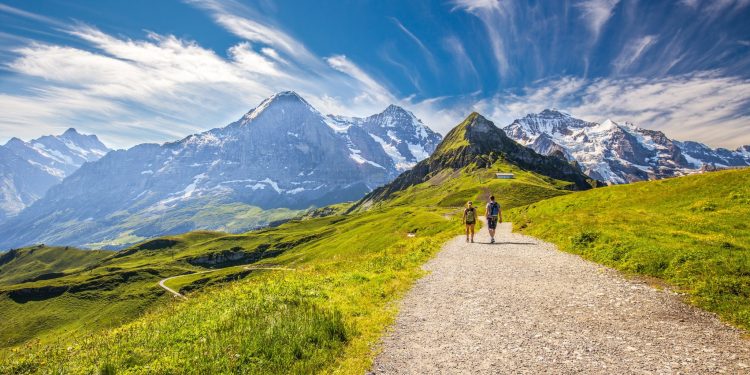If you have ever dreamed of waking to glacier light, cowbells, and fresh bread at 2,500 meters, this swiss mountain huts guide is your shortcut to making it real without draining your travel fund. Think cozy dorms, hot tea, and trailheads right at the door in places like Zermatt and the Jungfrau Region.
In this swiss mountain huts guide, you will learn when to go, how to book, what it costs, what to pack, and the simple rules that keep these places friendly for everyone. I will also show you how to pick routes, how to plan if you are a first timer, and where to take the concept beyond Switzerland. Ready to trade hotels for high-alpine charm?
What Exactly Is a Swiss Hut?
A hut is a staffed mountain lodge in summer and early autumn, sometimes spring. It offers bunk beds or dorm spaces, dinner and breakfast, and safe shelter above treeline. This swiss mountain huts guide treats huts as trail bases, not just beds. Expect communal tables, hearty food, and boot rooms where wet gear dries overnight.
Most huts sit on classic routes that link valley villages like Grindelwald to passes and summits. Some are beginner friendly with a well-marked hike, others require sure footing or a guide. In all cases, this swiss mountain huts guide recommends checking the hut’s official page for access grade, elevation, and whether children are welcome.
Why Huts Beat Hotels in the Alps
Hotels are comfortable, but huts give you sunrise on the ridge, last light on granite walls, and a sense of shared purpose with people who love trails. This swiss mountain huts guide highlights three clear reasons to choose huts:
- Access: You start near the action. No long transfers before dawn.
- Atmosphere: Communal dinners turn strangers into story partners.
- Affordability: Bed plus half board often costs less than valley hotels.
If you want to stretch your budget further, browse the On a Budget ideas at Viral Voyage for broader travel savings you can combine with this swiss mountain huts guide On a Budget.
Seasons and When to Go
Most staffed Swiss huts open from late June to late September, with variations by elevation and snowpack. Shoulder seasons can be magical: quiet trails, cooler nights, and larch forests turning gold. But closures can pop up after early snow. That is why this swiss mountain huts guide suggests planning a primary window in mid-season and keeping a backup valley plan. In spring, some huts offer ski touring access when avalanche risk and weather require careful judgment. Always read the hut’s daily updates. In a storm, the safest choice may be to wait a day rather than press on. Safety beats schedule.
How to Book Like a Pro
Reservations are essential in peak season. Many huts offer online booking with choices for bed-only or half board. This swiss mountain huts guide recommends half board for simplicity, as food is helicoptered or carried up and à-la-carte options can be limited. Here is a simple system:
- Pick dates early. Weeknights are quieter than weekends.
- Call the guardian. Ask about trail conditions and water availability.
- Confirm arrival time. Late arrivals complicate dinner prep.
For more smart tricks that cut hassle and cost, pair this swiss mountain huts guide with these practical ideas Travel Hacks.
Hut Etiquette: Simple Rules, Big Rewards
Huts work because people share space with care. This swiss mountain huts guide boils etiquette down to basics:
- Bring hut slippers. Boots stay in the mud room.
- Keep quiet hours. Early sleepers need rest for pre-dawn starts.
- Pack out trash if asked. Helicopter lifts are expensive.
- Follow the seating plan. Guardians place guests to balance groups.
- Respect the kitchen. No outside cooking where prohibited.
The friendlier you are, the more beta you will receive from staff and experienced hikers. In the Alps, advice is a kind of currency.
What It Costs and How to Budget
Hut rates vary by hut, membership status, and meal plan. A common range for bed plus half board sits well below a typical resort hotel. This swiss mountain huts guide suggests budgeting for:
- Bed + Half Board: Dinner and breakfast included.
- Drinks: Tea, coffee, and bottled water are extra.
- Packed Lunch: Many huts prepare simple trail lunches you can pre-order.
- Cash Cushion: Some huts accept cards, many prefer cash.
To stretch your funds across more nights, combine this swiss mountain huts guide with money-savvy picks from On a Budget, and you can add extra stages without stress.

Meals, Water, and Dietary Needs
Dinner is often a soup, a main like pasta or stew, and dessert. Breakfast is simple: bread, jam, butter, coffee, tea. Vegetarian options are common, vegan less so. This swiss mountain huts guide recommends emailing the hut with dietary needs a week ahead. Water policies differ: some huts have potable tap water, some sell bottles, some advise boiling. Ask on arrival. Evening tea thermoses are popular for early starts. Keep your cup handy and label it to avoid mix-ups. The social value of dinner is high, so budget for it even if you tend to cook in valleys.
What to Pack (and What to Leave)
Weight is comfort on long ascents. This swiss mountain huts guide keeps the list tight:
- Sleeping liner: Required in most dorms.
- Earplugs and eye mask: Dorms have early risers.
- Warm layer and light down: Nights are chilly even in August.
- Rain shell and pack cover: Weather turns fast at altitude.
- Headlamp: Pre-dawn starts and midnight bathroom runs.
- Water treatment: Tablets or a small filter if water is not potable.
- Cash and ID: In a zip bag, plus your booking confirmation.
Leave heavy books, multiple shoes, and big toiletries at home. You will not miss them.
Choosing Routes for Your First Hut Night
Beginner friendly options often follow red-white trail markers on good paths with modest exposure. This swiss mountain huts guide suggests starting with a single ascent day, a night at the hut, and a loop or out-and-back descent. If you crave a taste of classic alpine drama, choose a hut beneath a glacier tongue or along a balcony path. To spark ideas and visualize big scenery that pairs well with huts, explore Epic Destinations. Then match ambitions to fitness and weather. Beauty is everywhere. Safety matters most.
Reading the Weather and Staying Flexible
In the Alps, forecasts change by the hour. This swiss mountain huts guide recommends:
- Check multiple sources the night before and morning of your hike.
- Ask the guardian for local wind and storm patterns.
- Carry a paper map plus a charged phone with offline maps.
- Set turnaround times when thunderheads build.
Flexibility is your superpower. A day spent reading, journaling, or chatting in a hut while the storm rages can turn into a lifetime memory when the clouds part at sunset.

Families, Kids, and New Hikers
Many huts welcome families, especially those near lifts or short trails. Early dinner seating for kids is common. This swiss mountain huts guide suggests bringing a card game, a compact storybook, and a small treat for the final climb. Choose huts with gentle approaches and plenty of wildlife interest. Marmots and ibex sightings beat screen time every day. For new hikers, pick a valley with multiple hut options so you can scale routes up or down without moving your base city.
Digital Nomad Angle: Work From a Ridge
Can you mix hut nights with remote work? Yes, with planning. Some huts have weak or no signal. To balance laptops and larches, this swiss mountain huts guide suggests a pattern: work days in a valley base, then hut nights on offline days. Save docs for offline editing and sync when back in town. For more location-independent strategies that pair with this swiss mountain huts guide, scan Digital Nomad. Strong cafés, cowork spaces, and short transfer towns make a great rhythm between sprints of work and climbs of joy.
How to Sleep Well in a Dorm
Dorms are communal. Good sleep is possible. This swiss mountain huts guide recommends:
- Choose a top bunk if you turn often.
- Use your liner to keep warm and the blankets clean.
- Set out morning gear the night before to avoid rummaging.
- Earplugs in before lights out. Snoring happens.
- Hydrate earlier in the evening to limit night trips.
A calm bedtime routine helps your body settle even at altitude.
Sample 3-Day Starter Itinerary
This swiss mountain huts guide proposes a simple flow for first timers:
Day 1: Valley to Hut
Arrive mid-morning, ride a lift if available, then hike 3–5 hours. Check in, change to hut slippers, order tea. Watch alpenglow.
Day 2: Balcony Traverse
Leave early after breakfast. Carry a packed lunch. Traverse to a second hut or loop back for a second night. Keep an eye on clouds.
Day 3: Summit or Pass, Then Down
Pick a modest summit or scenic pass. Return to the valley by mid-afternoon for one recovery night before onward travel.
Use the rhythm above to expand into a week by linking valleys with trains. Swiss public transport makes hut hops smooth.
Navigation, Maps, and Trail Signs
Swiss trails are well marked with colored blazes and signposts showing time estimates. Still, this swiss mountain huts guide insists on a paper topo in a zip bag. Pair it with a phone app set to offline. Learn the difference between hiking trails and alpine routes. If a sign warns of exposure you do not like, choose another path. Pride never kept anyone warm or safe, but good decisions do.
Solo Hikers: Yes, You Can
Huts are ideal for solo hikers who want community in the evening and quiet on the trail. Share your plan at check-in and mention your return time if attempting a side summit. This swiss mountain huts guide suggests joining dinner conversations. You will pick up route tips and maybe a partner for the next stage. If you are new to exposure, choose balcony traverses rather than airy scrambles.
Insurance, Memberships, and Discounts
Alpine club memberships can reduce bed prices and support hut maintenance. Travel insurance that covers mountain rescue is wise. This swiss mountain huts guide points out that rescue is not free in all regions. Keep your policy number in your phone and on a paper card. If you carry a small personal locator, learn how to use it and when not to. Prepared people rarely need help, but they plan for it anyway.

When to Hire a Guide
If your dream route includes a glacier crossing, a rocky ridge with fixed cables, or snow bridges, consider hiring a guide. This swiss mountain huts guide sees guided days as skill accelerators. You learn rope work, footwork, and hazard awareness. The next time you step onto similar terrain, you will feel calm because you earned the confidence.
Your First Step From Dream to Door
You have the essentials. You know how huts work, what to pack, when to go, and how to choose routes. The rest is a trail, a few steady hours of uphill, and a dining room full of stories at dusk. Let this swiss mountain huts guide be the spark. Open your map, pick one region, and reserve a bunk. In a few weeks you will wake above the clouds, bread warm on the table, boots dry in the rack, and a ridge waiting in first light. That feeling is why this swiss mountain huts guide exists. It is your turn to go.
Keep exploring smart, budget-friendly trips on Viral Voyage.



